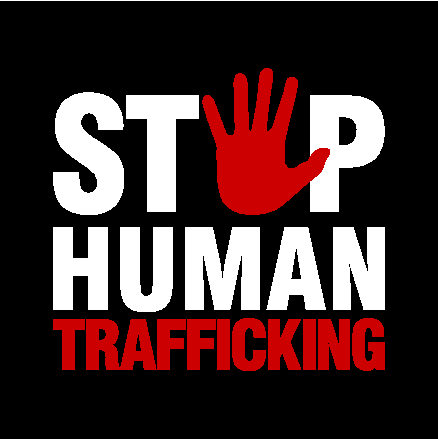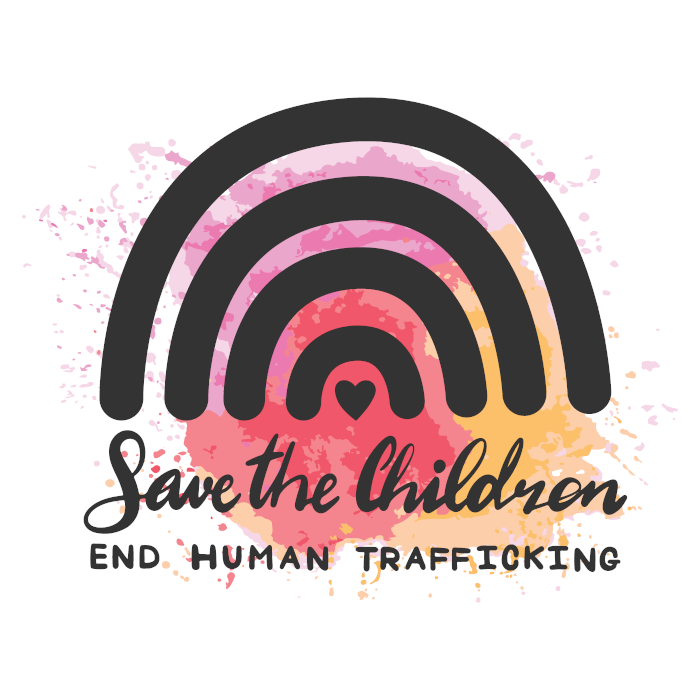Human trafficking in Ohio is an ongoing, hidden problem. If you or someone you know is a victim of labor trafficking or sex trafficking, contact Babin Law in Columbus, Ohio today for a free consultation about your rights.
What is Human Trafficking?
Human trafficking is a type of modern-day slavery, where perpetrators deceive, manipulate or force their victims into servitude. Perpetrators then use threats, violence, or physical restraints to exact obedience from their victims so they can continue exploiting them.
Human Trafficking has two categories: Human labor trafficking and human sex trafficking. Human labor trafficking involves forced or involuntary work, usually without remuneration. We can see cases of labor trafficking in the streets where children are forced to beg by syndicates, or in households, restaurants, and farms where workers are forced to do labor to pay for debts.
Human sex trafficking is when individuals are forced to provide commercial sexual service under threat, coercion or deception. If the individual is under the age of 18, it is considered sex trafficking regardless of whether or not there is evidence of threat or coercion. Victims can usually be found in shady massage parlors or spas, brothels, motels, and strip clubs.

Ohio Safe Harbor Law
In 2012, Ohio passed the Ohio Safe Harbor Law, which aims to protect minors who are victims of trafficking. The rationale behind the law is that any minor who plays a part in human trafficking is considered a victim themselves.
This law was passed because most organizations that delve into trafficking often use minors as helpers and “employees” of their human trafficking operations in an effort to evade authorities.
In the US, prostitution is considered illegal, and in most cases, this means that most women who were forced into prostitution risked prosecution as well. The Ohio Safe Harbor Law protects minors who were forced into prostitution by sex trafficking rings from prosecution. The law also protects any minors who were forced into being a part of the human trafficking organization by treating them as victims. Instead of criminalizing these minors, they are given access to medical care, safe housing, and counseling services.
Anti-Human Trafficking Organizations in Ohio
In Ohio, there are several organizations working together to put an end to human trafficking:
Ohio Department of Youth Services
The Ohio Department of Youth Services, or ODYS, is in charge of juvenile corrections in the state of Ohio. Although the Ohio Safe Labor Law has decriminalized juvenile human trafficking victims, the ODYS is still heavily involved in the screening and identification of minors who are victims of human trafficking. Many of the minors in the agency’s care have been brought there because of cases related to sex, drugs and violence, and it is only through screening that is later revealed that these juvenile delinquents are actually victims of human trafficking.
In 2020 alone, the agency has screened and identified 55 minors who were victims of human trafficking.
Ohio Department of Rehabilitation and Correction
The Ohio Department of Rehabilitation and Correction, or ODRC has started screening inmates in 2014 for indicators of human trafficking. In 2020, the agency has identified at least 262 adult human trafficking victims from the Ohio corrections system. These individuals were either human trafficking victims who were coerced into illegal activities, or former victims who were then inducted into the organization.
The Statewide Automated Child Welfare Information System
The Statewide Automated Child Welfare Information System, or SACWIS, is a system under the Ohio Department of Job and Family Services which screens for minors who were being victimized by their own parents or foster parents. Some parents traffic their own children to pay for debts, or to earn money for their drug habits. In 2020, the system has identified a total of 33 individuals as human trafficking victims.
ODJFS Refugee Services
The ODJFS Refugee Services caters to foreign nationals who are victims of human trafficking. The agency helps individuals who are displaced from their own countries enter the country legally as a refugee. Many refugees who wish to enter the country n secret often become victims of human trafficking organizations. The agency has helped 11 human trafficking victims in 2020.
Ohio Attorney General
The Ohio Attorney General’s Office often identifies human trafficking victims through local law enforcement agencies. These victims are often found through cases, arrests, investigations and prosecutions. In 2020, a total of 148 victims have been brought to the attention of the Attorney General’s office via local law enforcement partners.

Common Causes of Human Trafficking in Ohio
Why are there so many instances of human trafficking nowadays? What motivates the people behind these human trafficking operation rings? And why do people fall prey to human trafficking groups?
Money is the biggest factor, especially for the people behind human trafficking rings. Globally, human trafficking brings in about $150 billion a year in profits, which is why so many illegal organizations get into it. Also, these groups target troubled minors and adults. Usually, these are individuals who are homeless, without families, had prior troubles with the law or individuals who suffered abuse before. It is generally easier to control individuals who were broken and there was less risk of them escaping and seeking help from authorities.
For the victims of human trafficking, money is also the reason why these victims fell prey to human trafficking. The human trafficking task force has created a list of common variables and characteristics of human trafficking victims:
- Runaways
- Undocumented workers
- Minors in the juvenile corrections system or foster care system
- Low-income individuals
- Children of negligent adults
- People with addiction problems
- People with disabilities
- Individuals with low literacy or low English-speaking skills
Children and teens from abusive households or negligent parents are common targets of human trafficking groups. It’s easy to coerce or kidnaps these minors because nobody is watching out for them.
Foreign nationals also fall prey to these groups, usually through manipulation or deceit. Human trafficking groups would bring foreign nationals to the United States with the promise of gainful employment, only to subject them to forced labor or sex trafficking once they’re in the country. These foreign nationals feel helpless because they are in a strange land and they may not speak the language.
People in debt can become victims of human trafficking rings. These groups often lend money to the individual, but then force that person to pay for their debts through servitude or prostitution.
Do You Suspect Human Trafficking?
How do you know if someone is a potential victim of trafficking? Usually, the following signs are seen in people who are being coerced or forced:
- They are often nervous and fidgety
- Victims can also be withdrawn and submissive
- Does not have proper identification
- Often dressed inappropriately for the weather
- They often have another individual beside them who is controlling and overprotective
- Shows signs of physical abuse
While these signs are not surefire ways of identifying human trafficking victims, it’s important to seek legal services if your suspicions are strong. For the safety of both you and the victim, never interfere and try to save the victim yourself. Instead, we recommend calling the National Human Trafficking Hotline at 888-3737-888. If you feel like the victim is in immediate danger, don’t hesitate to call 911.
Are You A Victim of Human Trafficking?
Do you know someone who is a human trafficking victim? or are you a victim yourself? If so, don’t hesitate to seek help from authorities. Although several organizations are working together to eradicate human trafficking, it is through the efforts of civilians and concerned citizens who report to authorities that these criminals are caught and the victims saved from further harm.
If you are concerned that someone you know is a victim of human trafficking, call the National Human Trafficking Hotline or go to the nearest police station. The fight against human trafficking is a never-ending one and we need everyone’s help to put an end to these human trafficking organizations. If you need to know more about human trafficking laws in Ohio, the Ohio Human Trafficking Task Force has plenty of resources to help keep everyone informed and safe.
